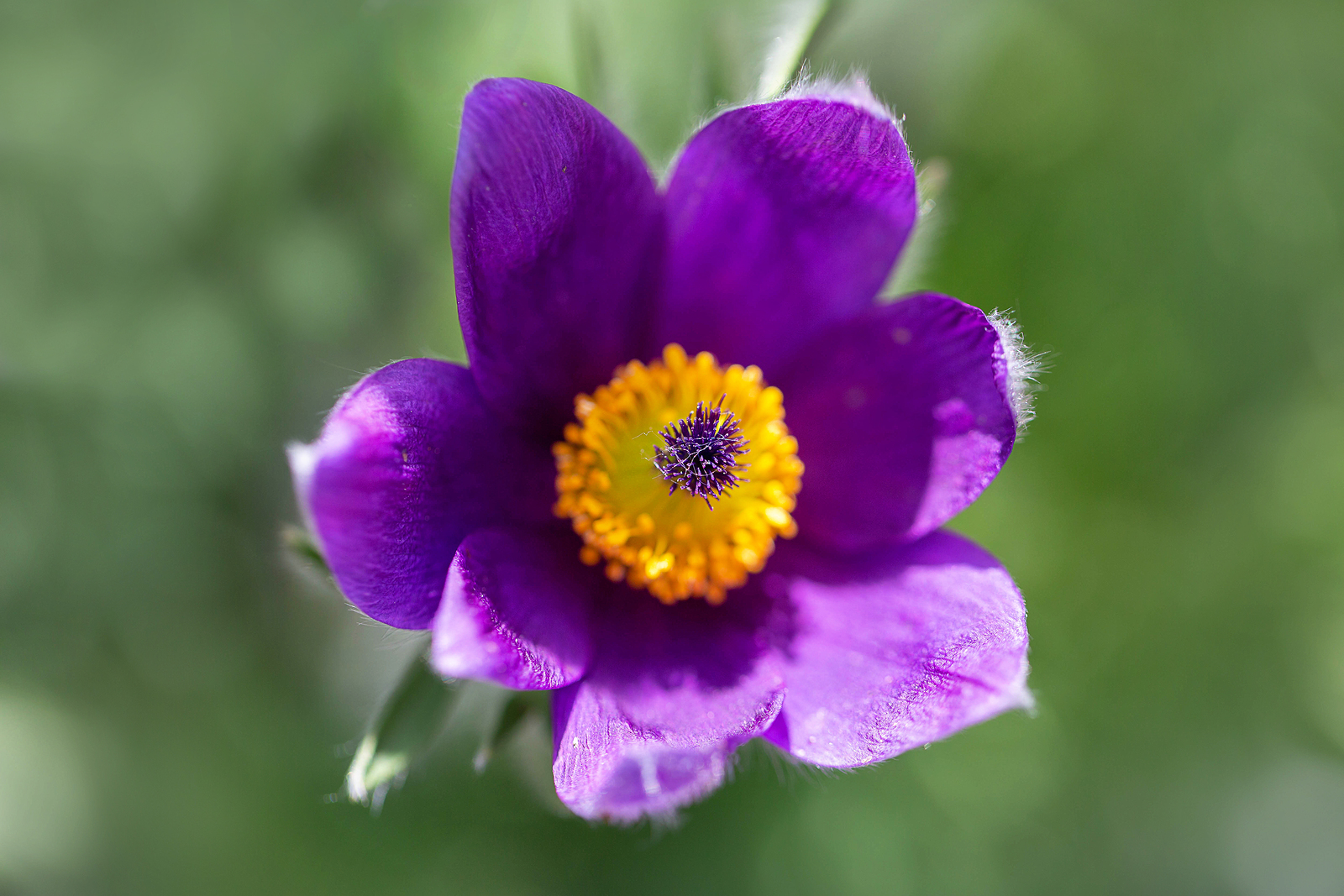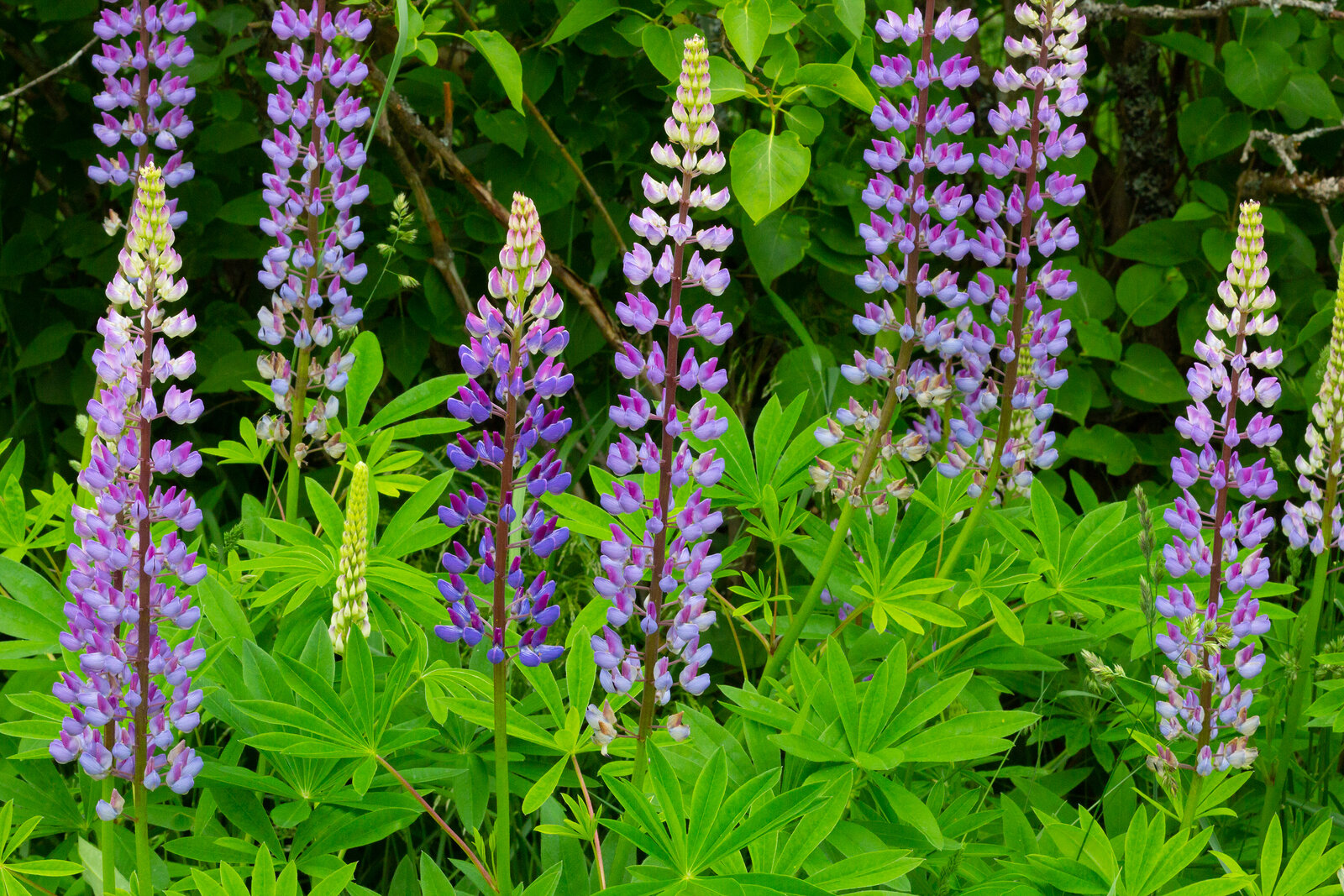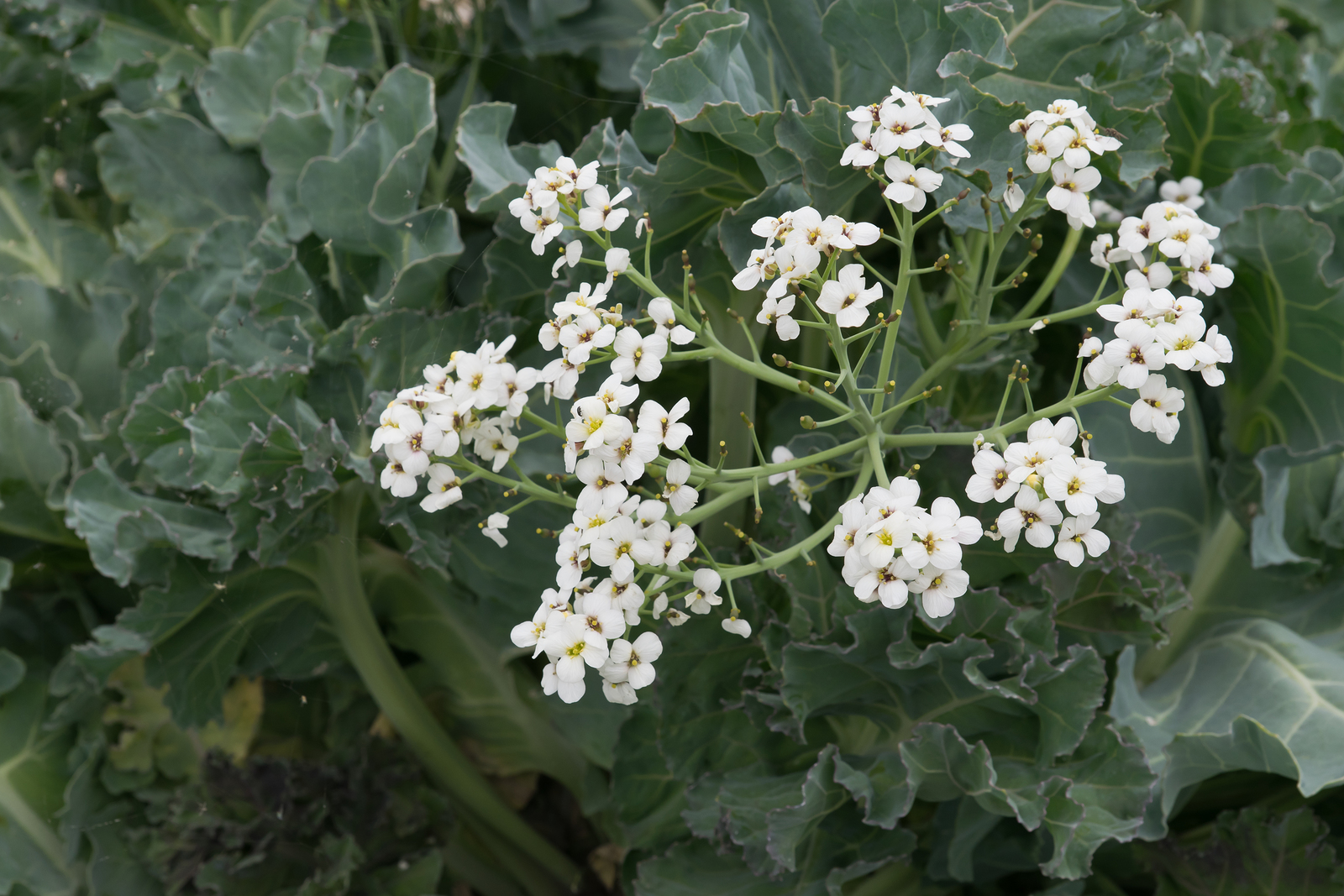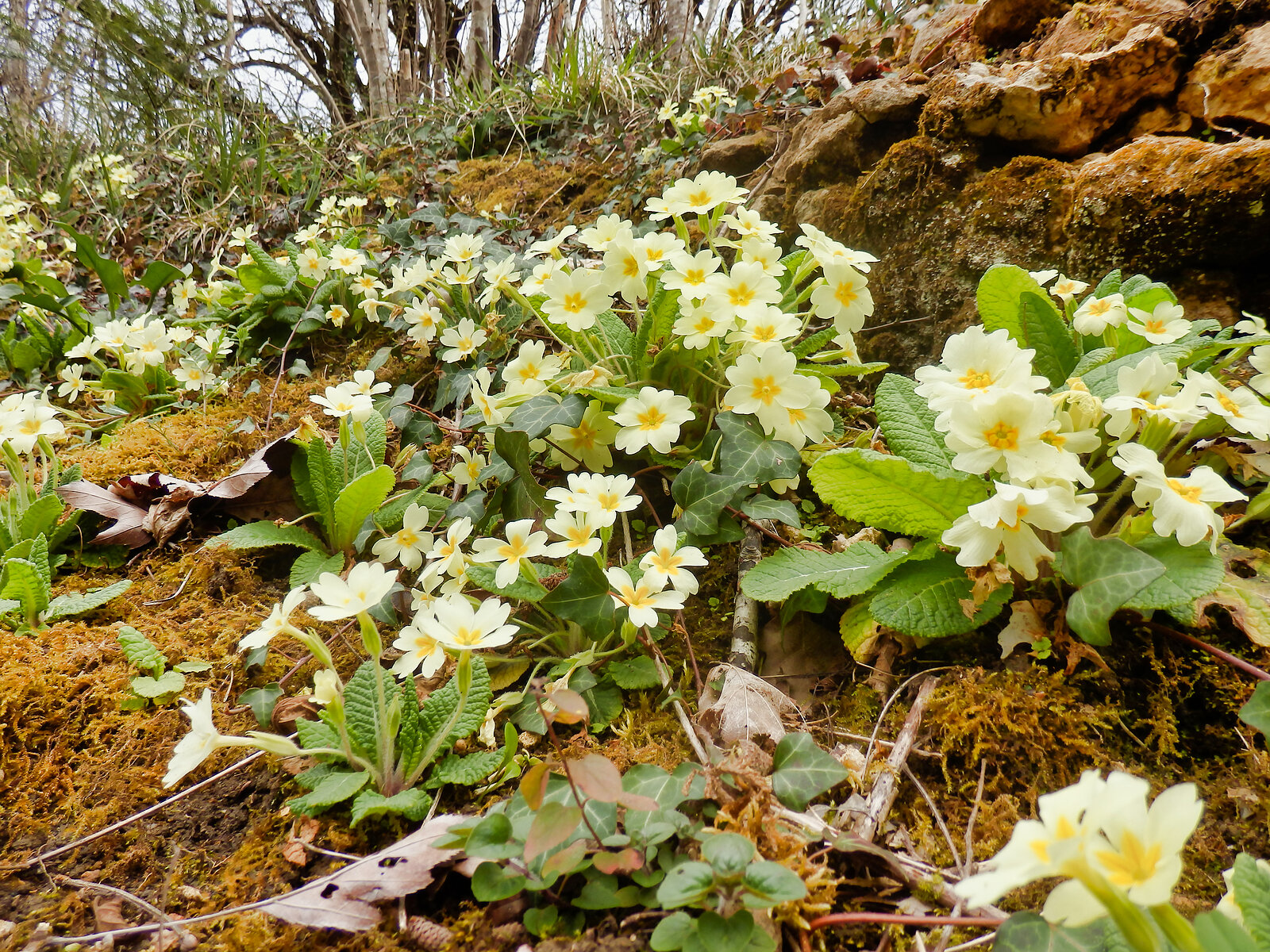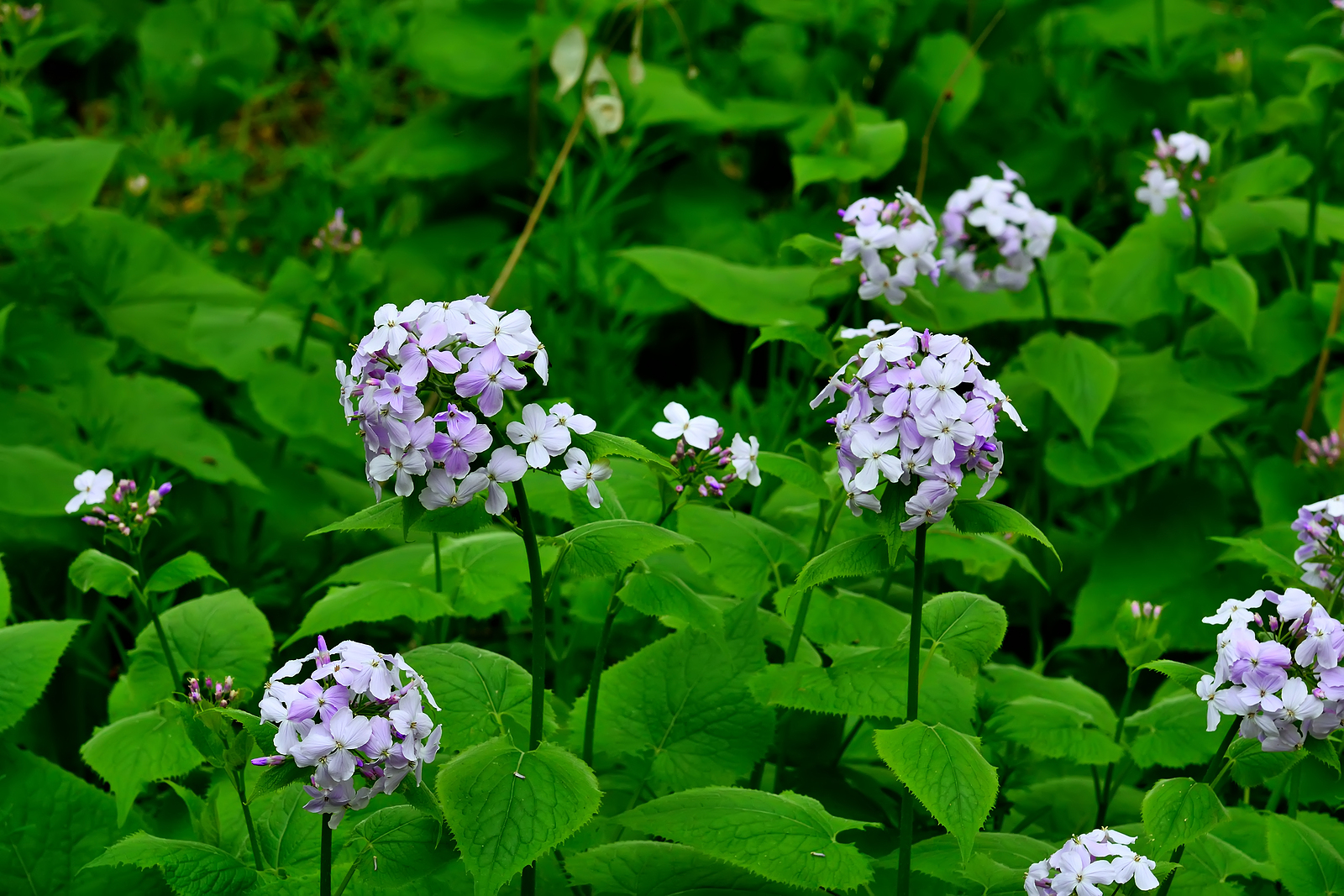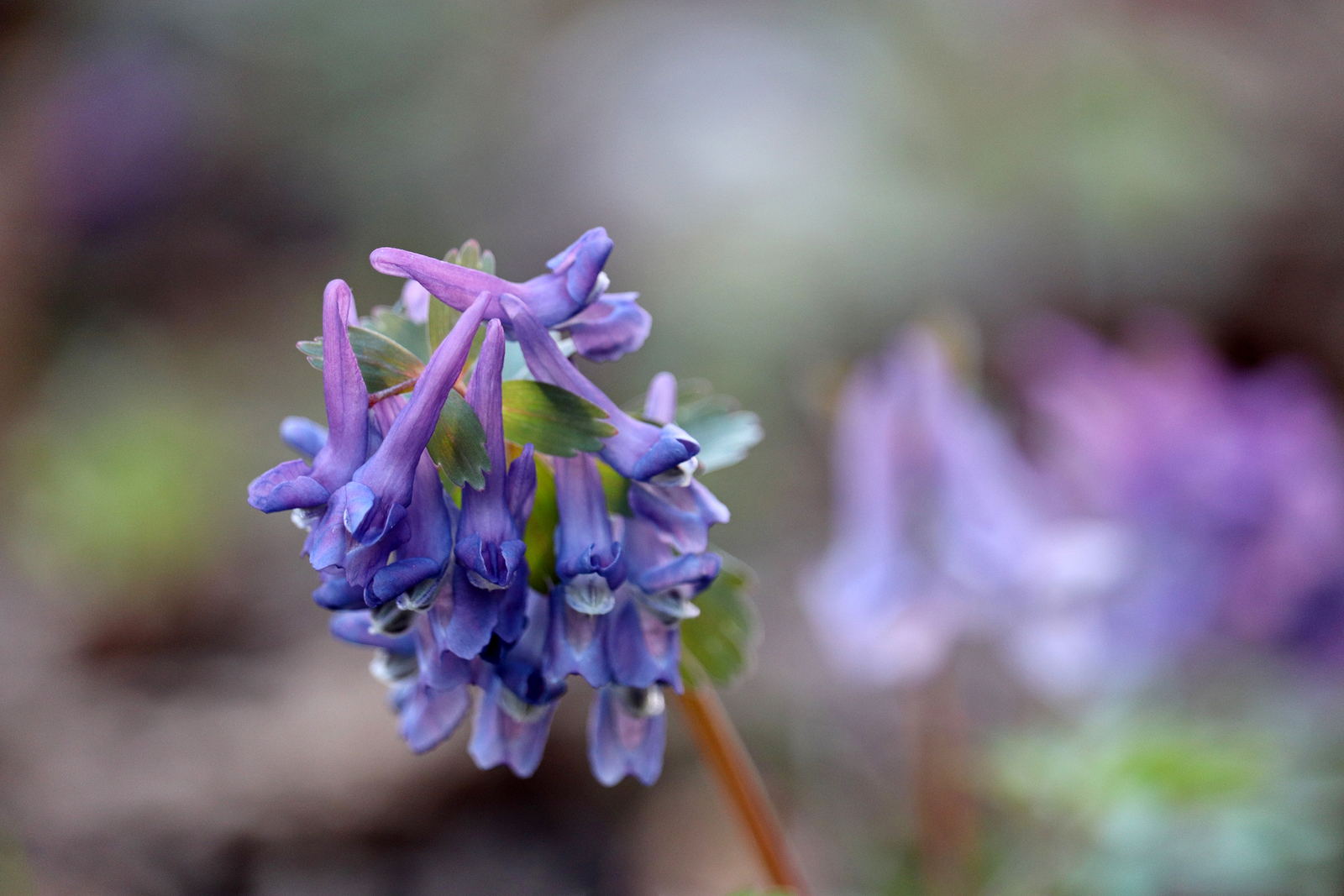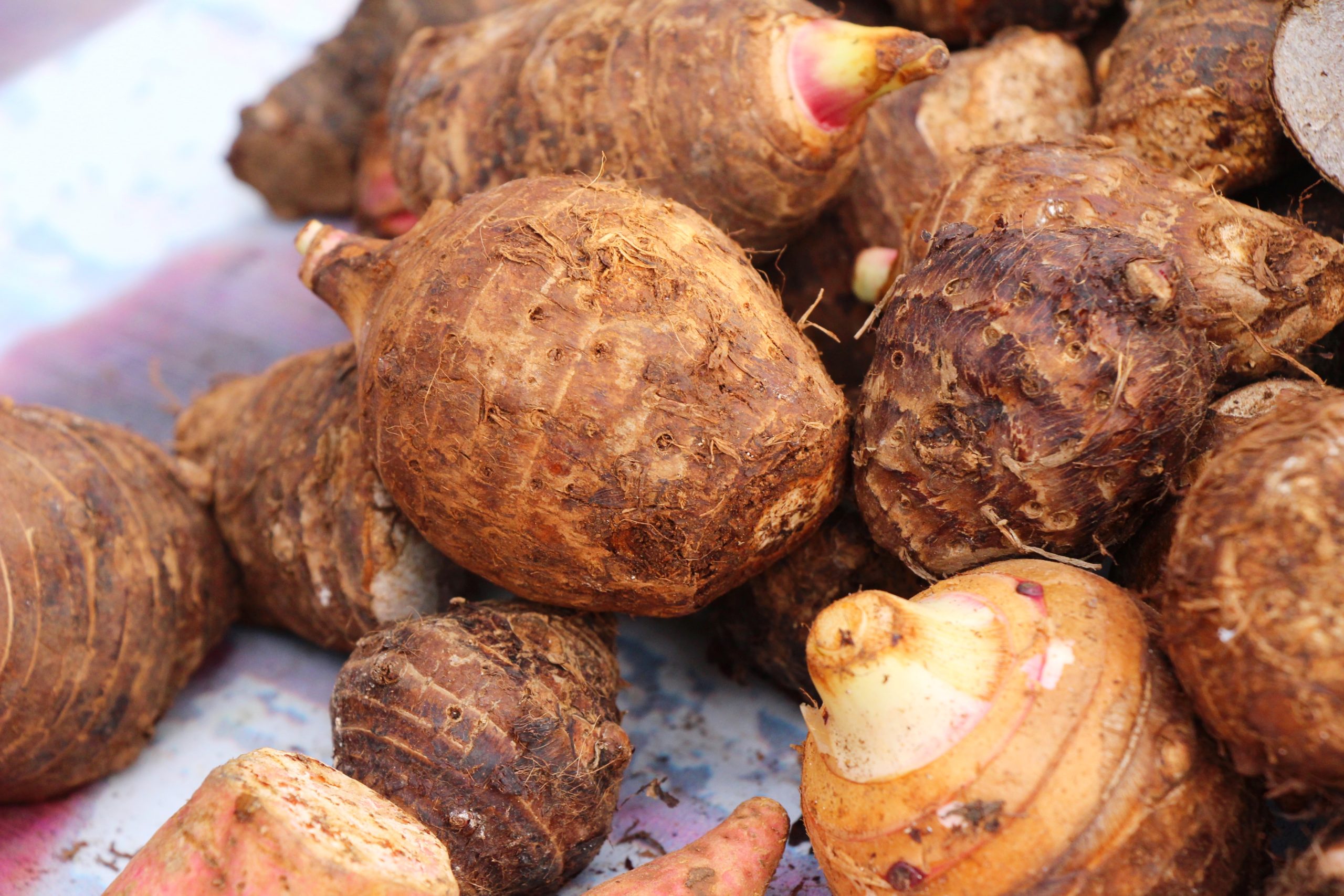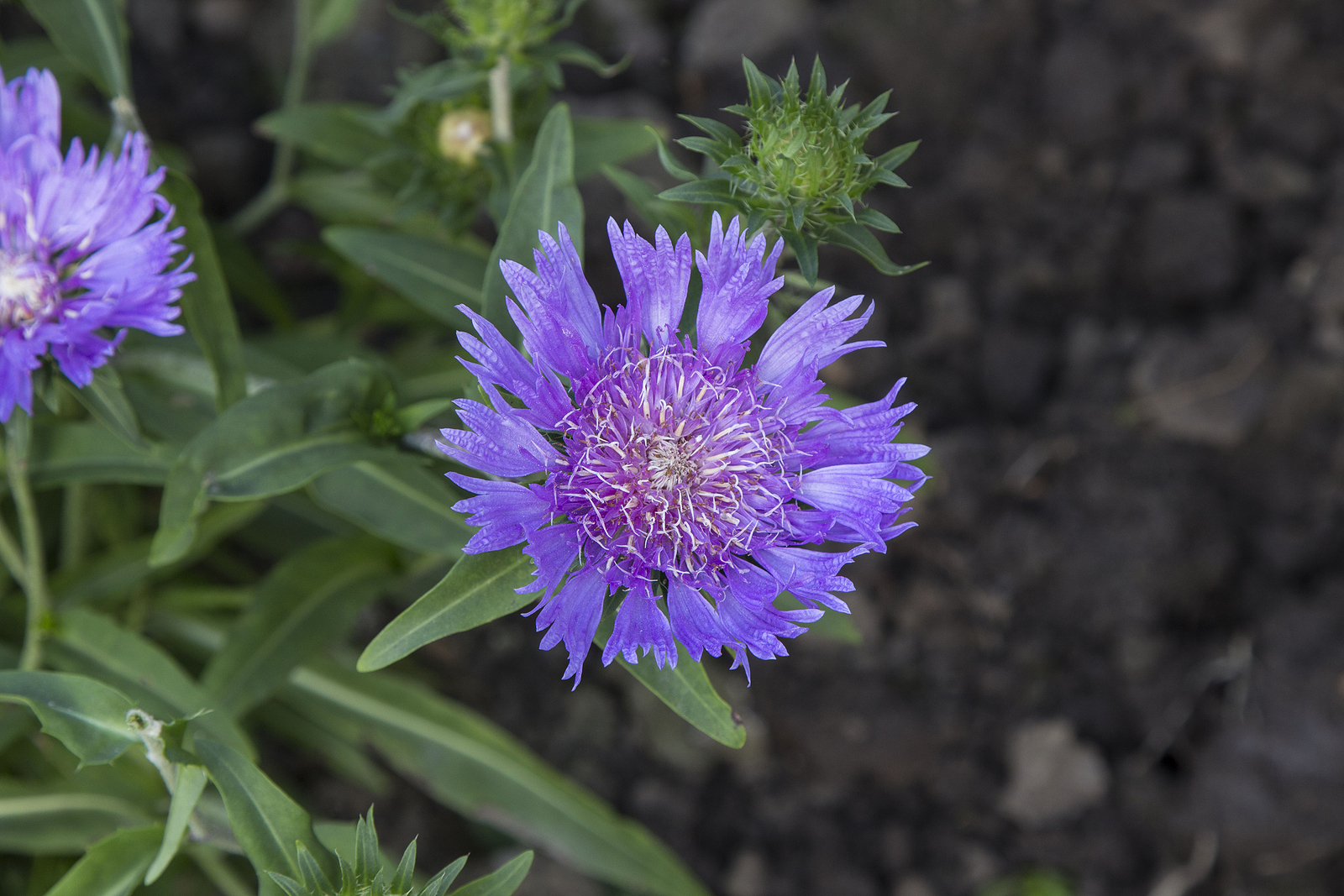How to Grow Lamb’s Ear — Stachys
Stachys–commonly called lamb’s ears–is a small perennial evergreen most often chosen for its foliage and not its flowers. Stachys produce downy, silvery gray foliage and spikes of small usually mauve-pink flowers in summer. Stachys is a good choice for a sunny bed or path. Stachys must be planted in well-drained soil. Plants often die out […] More



